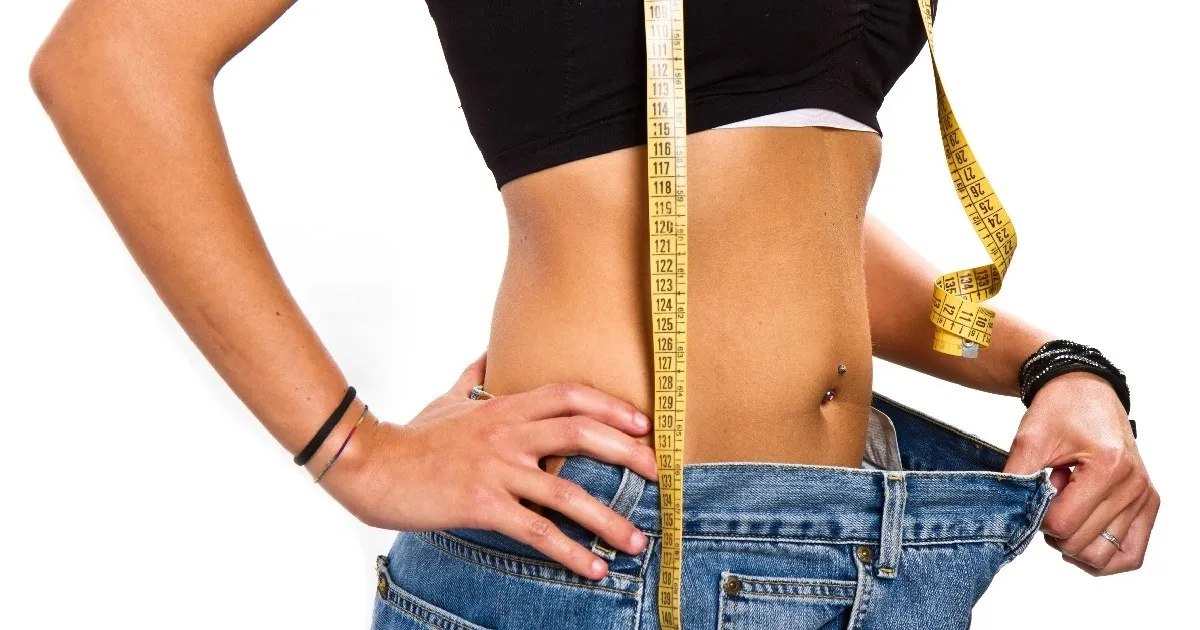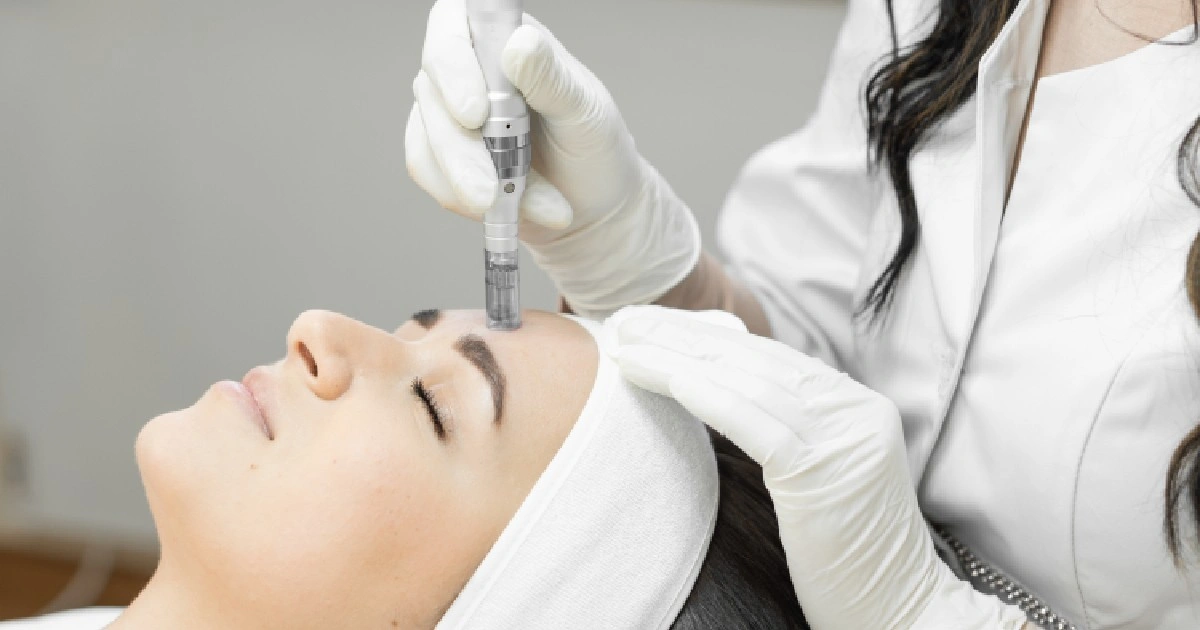Chin augmentation surgery allows individuals to enhance their facial contours, boosting self-confidence and aesthetic appeal. However, it has potential risks and complications, like all surgical procedures. One such concern is possibly having a “fat chin” post-surgery. Understanding this risk, alongside the benefits of the process, is essential for anyone considering undergoing chin augmentation. HTown Aesthetics in Katy, TX, with its dedication to safe and proven facial treatments, emphasizes the importance of this knowledge. This article delves deep into the causes, implications, and remedies of having a fat chin after surgery, providing a comprehensive insight for prospective patients.
The Basics of Chin Augmentation Surgery
Chin augmentation, or genioplasty, reshapes the chin using implants, fillers, or bone modifications. The procedure, lasting 1-2 hours, offers both temporary and permanent results. Surgeons often make incisions inside the mouth or under the chin, minimizing scarring. Recovery typically spans a week, but strenuous activities should wait a month.
- Understanding the Procedure: Chin augmentation, also known as genioplasty, primarily aims to improve the balance and proportion of the face. Surgeons modify the chin’s size and shape to match the patient’s desires and enhance facial harmony.
- Types of Chin Augmentation
- Implants: Surgeons use biocompatible materials, often silicone, to enhance the chin’s projection.
- Fillers: Doctors inject dermal fillers for temporary chin enhancements. Popular choices include hyaluronic acid and calcium hydroxylapatite.
- Osseous Genioplasty: A more invasive method where surgeons physically move a section of the jawbone to achieve the desired chin position.
3. Duration of the Procedure: Chin augmentation typically takes one to two hours, depending on the chosen method and complexity.
4. Recovery Expectations: Patients usually experience mild to moderate swelling and bruising post-surgery. Most individuals return to routine activities within a week, but strenuous physical activity should wait about four weeks.
5. Anesthesia Choices: Local anesthesia with sedation or general anesthesia can be used for chin augmentation.
6. Potential Scarring: Incisions for implants are often made inside the mouth or under the chin, minimizing visible scarring. Filler injections result in minimal to no scarring.
7 . Longevity of Results: Implants and osseous genioplasty provide permanent changes. Fillers offer temporary results, typically lasting from 6 months to 2 years, depending on the type of filler used.
To make informed decisions about chin augmentation surgery, consult a board-certified plastic surgeon to assess suitability and address concerns.
Defining a ‘Fat Chin’ Post-Surgery
Post-surgery, a “fat chin” refers to an overly full or misshapen chin outcome after augmentation. This result might arise from swelling, improper implants, excess fillers, or scar tissue. While initial swelling is normal, persistent fullness might indicate a permanent issue, necessitating clear communication between patients and surgeons for potential corrections.
Understanding the Term: A “fat chin” is an undesirable post-operative outcome where the chin appears bulkier or more protruded than intended.
Distinguishing Desired Outcome from ‘Fat Chin’: While some patients seek a fuller chin, a “fat chin” usually means an excessively full or puffed appearance, often accompanied by asymmetry or irregular contours.
Common Causes: Potential reasons include excessive swelling, oversized implants, overuse of fillers, or scar tissue accumulation.
Swelling vs. Permanent ‘Fat Chin’: Initial post-operative swelling is normal and temporary. However, if the chin remains fuller than desired after several months, it might indicate a more permanent outcome.
Importance of Precise Terminology: Patients and doctors should communicate clearly. Using specific terms rather than subjective phrases like “fat chin” can lead to better understanding and post-operative satisfaction.
Corrective Measures: If a “fat chin” outcome occurs, various remedial actions can address the issue, ranging from massage techniques to revision surgery.
Understanding the specifics of a “fat chin” post-surgery ensures patients set realistic expectations, differentiate between temporary swelling and permanent results, and communicate effectively with their surgeons.
Risks Associated with a Fat Chin After Surgery
After chin augmentation, risks associated with a “fat chin” include prolonged swelling, improperly sized or placed implants, overuse of fillers, scarring, and infections. These complications can disrupt the facial balance, possibly affecting jaw function and leading to emotional distress. Recognizing these risks helps in making informed surgical decisions and seeking timely interventions.
Swelling and Bruising: Patients often experience post-operative swelling, but prolonged swelling could indicate underlying complications or issues. Bruising, while common, should fade within weeks; lasting bruising needs medical attention.
Improper Implant Size or Placement: An incorrectly sized or misplaced implant can make the chin appear excessively full or “fat.” Implant movement or shifting post-surgery also leads to undesired aesthetics.
Excessive Soft Tissue Fillers: Overfilling with dermal fillers can result in an overly protruded chin appearance. The body might metabolize fillers unevenly, leading to asymmetry.
Scarring and Tissue Overgrowth: Both internal and external scarring can contribute to a bulky chin appearance. Scar tissue might accumulate around implants or injection sites, causing hardness or lumpiness.
Infection: Infections can lead to swelling, pain, and tissue expansion, resulting in a “fat chin” look. Ignoring disease symptoms can cause serious health risks and compromise surgical outcomes.
Impact on Facial Harmony: A disproportionately full chin can disrupt the facial balance, drawing undue attention to the chin area. The misalignment might affect jaw function or create speech difficulties in severe cases.
Emotional and Psychological Impacts: Unsatisfactory results can lead to lowered self-esteem, regret, or dissatisfaction with one’s appearance. – Some patients may experience anxiety or depression due to perceived surgical “failures.”
Consult a Professional
Understanding the risks associated with a fat chin after surgery is essential for anyone considering chin augmentation. Awareness of these potential complications allows for informed decision-making and proactive management if issues arise. Consulting with a professional esthetician will clarify and guide individuals toward the best facial treatment option.
Takeaway
Understanding the potential for a “fat chin” post-surgery is paramount in chin augmentation. HTown Aesthetics in Katy, TX, is committed to ensuring that clients are informed, prepared, and confident in their decisions about their aesthetic journey. Every individual deserves to achieve the facial balance and contour that resonates with their desired self-image. If you’re considering chin augmentation or seeking clarity on potential outcomes, our expert team is here to guide you. Don’t leave your results to chance. Contact us today or book an appointment with HTown Aesthetics, where your aesthetic dreams become reality.






